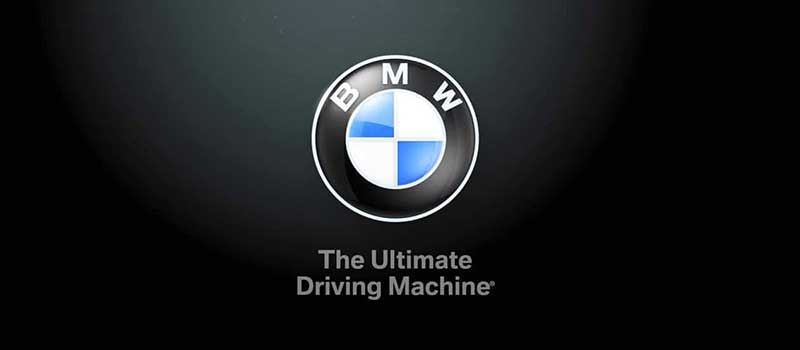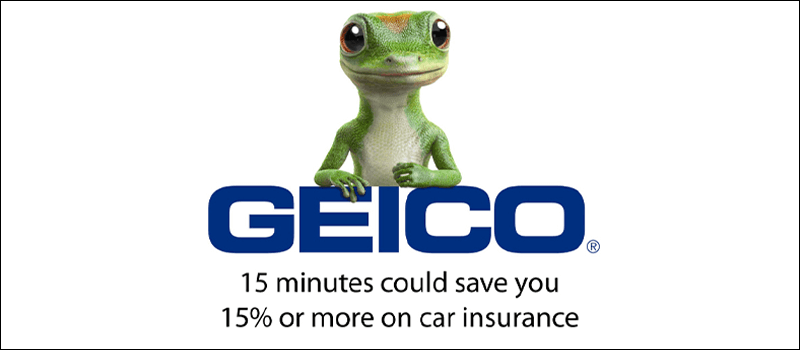Before we dive into specifics, I want to first relieve you of some fog that may be hanging around this topic.
Your brand promise is not your tagline.
It’s not a slogan, a value proposition, a USP or a vision, values or mission statement.
You don’t have to look hard on Google to find an article suggesting that Nike’s promise is to “Just Do It” or that McDonald’s promise is “I’m Lovin It.”
Let’s cut to the chase here.
If I were to say to you, “I’m gonna promise you something” and you said, “Ok, what?”… then I replied with “Just do it,” you’d say to me, “Eh… that’s not a promise”.
And you’d be right… it’s not.
Now, if I were to promise that I have “the world’s most refreshing beer,” that’d be a different story, right?
So, what is a brand promise, then?
Brand Promise Is An Extension Of Your Brand Position

When building a brand, one of the most important exercises you’ll undertake is developing your positioning strategy.
Here you’ll define who your audience is on a detailed level.
You’ll analyse your competitors to look for gaps in the market.
And then you’ll define the difference you’ll make in their lives.
These are the building blocks with which you will identify the position in the mind of your audience you’ll want to occupy, which will represent a certain experience your audience can expect to receive.
Philip Kotler, the “Father of Modern Marketing,” defined positioning as
“the act of designing the company’s offering and image to occupy a distinctive place in the mind of the target market.”
The difference your brand makes in the lives of your audience is what the audience places in their mind, while the promise (literal or not) is the brand experience the audience will receive in delivering that difference.
That means that whether the brand makes a specific promise or not, stating the difference it will make in the lives of their customers is a promise to deliver on that experience.
Brand Promise vs Positioning Statement

The brand position represents the difference you want your audience to remember your brand for,
which is initially articulated in the brand positioning statement.
The statement outlines the critical elements you want your audience to understand (not remember) about your brand, which include:
The Audience
The challenge / pain-point
The Key Benefit
Competitive Alternative
Point of Difference
Though you define what you want your audience to understand through this statement, the statement itself is not written as a template or a piece of marketing for your target audience to consume.
It’s not a promise and it’s not a tagline.
Instead, this simple and clear statement guides your stakeholders through the brand development and external communication and its detail is weaved throughout customer-facing material from taglines to websites to brochures.
The brand promise, on the other hand (whether it’s a literal promise or not), is customer-facing.
An effective brand promise either states or suggests that, rather than just receiving a point of difference, the customer will receive an overall experience in the delivery of that difference (which goes beyond just the position taken in the market by the brand).
The fact is, most successful brands never articulate a customer-facing promise.
They’ll start with a clear brand identity. Then, develop a brand positioning statement to define their difference, then a tagline to plant the seed of that difference in their audience’s mind.
But doesn’t that mean that the brand promise is the tagline??? No.
PRO Brand Strategy BluePrint
Build Brands Like A Pro Brand Strategist

Brand Promise vs Tagline

The tagline is the most distilled piece of communication developed by a brand (aside from the name), which aims to plant a seed in the mind of their audience as to why they should be remembered (The differentiator).
The tagline has one goal and one goal only.
To get the audience to remember (then easily recall) why they are different.
It doesn’t attempt to elaborate on value or experience.
It simply attempts to encapsulate the value of the difference in the most efficient and memorable collection of words possible.
A brand promise is more than a tagline.
It represents the experience the customer receives and, therefore, is broader than the difference (or the value of that difference).
Explore Brand Strategy
Programs & Tools
The Literal Promise vs The Implied Promise

A powerful brand promise is better lived than told.
Most strong brands don’t need to articulate their promise. Instead, they communicate the experience they are committed to delivering through their messaging.
This means that even though many brands never actually make a promise, their audience believes a promise has been made through their communication, whether through a piece of content, a social post or an advertisement.
This is one of the main causes for confusion around the brand promise.
Though some have a promise front-and-centre and attempt to plant that as the seed in their audience’s mind, others simply don’t have a promise other than through the suggestion of their message.
Just to be clear…
Not every brand has a literal promise. And not every brand necessarily needs one.
On the other hand…
Every brand has an implied promise to deliver on the experience of the difference they propose to offer.
A Broken Promise Can Break A Brand
Regardless of whether your promise is literal or not, if your audience believes you have made a commitment to them to deliver on a certain experience, then you had better deliver on that promise.
Building brands is about building trust. And only brands that consistently deliver stay around long enough to build any kind of trust and loyalty.
Fail to deliver on an implied promise and your reputation will be damaged.
Fail to deliver on a literal promise and your brand may never recover.

The Advantage Of A Bold Promise

All strategic brands attempt to differentiate themselves from the competition through their differentiation strategy and position.
In defining this difference, the brand makes an indirect promise to deliver on that difference, whether they articulate one or not.
Brands that make bold promises around the difference they make ruffle feathers in the market and draw attention, especially if their difference takes an “against position” to one of their competitors (as Dollar Shave Club did with Gillette).
A bold promise puts the reputation of the brand on the line, which suggests an air of confidence for the brand to deliver on that promise.
When FedEx stated that they were the go-to brand…
“When it absolutely positively had to be the overnight;”
they solidified their position in the minds of their audience.
It didn’t just say:
“you’ll get your package tomorrow.”
The boldness and confidence of their promise offered the customer peace of mind because it reassured the audience that they wouldn’t let them down, earning them a double dosing of trust.
If a promise can be made boldly and confidently to double down on a differentiation strategy, then it may solidify that position in the mind of the intended audience and become a great brand promise. On the flip side, if left unfulfilled, it’ll become a burden rather than a competitive advantage.
How To Write A Brand Promise

If you decide your brand can confidently deliver on the difference it brings to the market, then a bold brand promise may solidify that position.
The starting point should be the positioning statement, while any promise should also consider the wider brand (including the internal brand, such as the purpose, mission, vision and values).
Remember, the promise is about delivering an experience around your difference and shouldn’t just look at the difference in a silo.
Once you’re clear on your difference and the experience you want your audience to receive, then quite simply, write as many bold promises around that difference as you possibly can.
Here are the characteristics of a compelling promise;
Experience, benefit & difference focussed
Authentic and believable
Deliverable and committed
Try to keep it short enough so it can be remembered but don’t get caught up thinking this is a tagline. It’s not.
Once you have your promise, make it often, but more importantly, keep it 100% of the time.
If you do these two things, you might stake a permanent claim for the position you want to occupy in the mind of your audience.
Examples of Brand Promises
Apple

This iconic electronics brand has established a world-renowned reputation for impeccable design and the highest quality.
Their brand strategy is all about uniqueness, and their promise is to create products from a different perspective — which, in turn, helps users experience the world differently.
BMW

BMW’s brand promise is a simple one like the best brand promises are To be “The ultimate driving machine.”
They fulfill this promise by paying the utmost attention to detail and ensuring that each vehicle meets strict quality standards.
This German automaker has made the driving experience a top priority, so comfort, safety and convenience are top of mind when it comes to a BMW.
Starbucks

Countless chains sell coffee. Many of which are more affordable, convenient, or offer a wider range of products.
But Starbucks is a lifestyle brand that has cemented its reputation in the coffee space by providing a standout customer experience coupled with high quality coffee.
Starbucks’ brand mission is “To inspire and nurture the human spirit—one person, one cup, and one neighborhood at a time.”
And they deliver on this promise by creating an entire experience from the moment you walk through the door to the moment you take the last sip of your drink.
Geico

Car insurance is boring. Yet it’s one of those things in everyone’s minds at one point or another. The perfect example of a brand that needs to foster good recall and a positive association for its audience.
Geico’s marketing strategy is lighthearted and memorable, always highlighting the insurer’s low prices.
It speaks directly to consumers and has fun, catchy tunes and an adorable pet called Martin that’s with you at every touchpoint.
Geico’s brand promise is straightforward.
15 minutes or less can save you 15% or more on car insurance.
Conclusion
Are you building a brand now or in the future?
Are you clear on the difference that you offer?
Will your promise be literal or Implied?
Let me know in the comments Right Now!
On-Demand Digital Program
Brand Master Secrets
Make the transition from hired-gun to highly valued brand strategist in less than 30 days. The systems, frameworks and tools inside this comprehensive program are all you need to level up.








